FIELD CARE
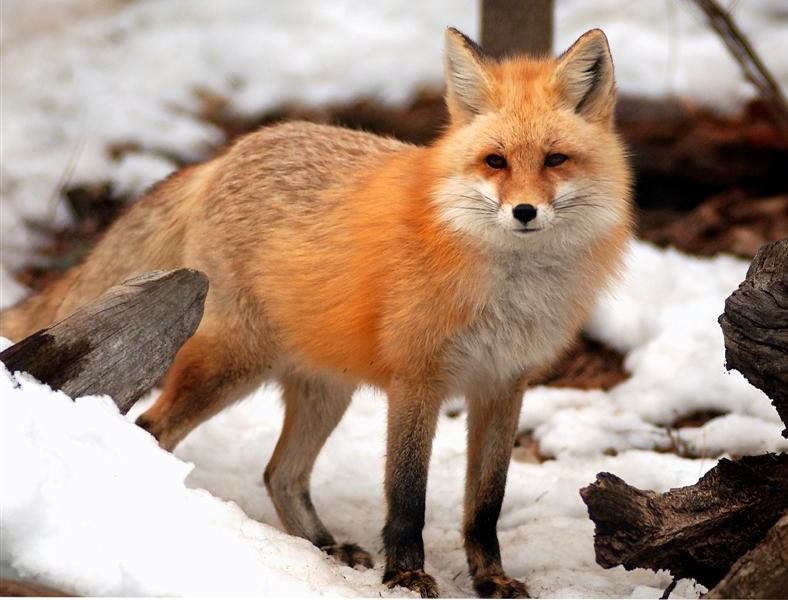
Small Mammals
Animals, coyote sized or smaller, should not be skinned unless by a professional. Don't gut the animal. Small mammals, especially carnivores, will spoil quickly because of their thin hide and bacteria. If you can't take the small game animal immediately to our studio, as soon as the carcass cools completely, put it in a plastic bag and freeze it.

Fish
Do not gut your fish. If you cannot take your fish immediately to our studio, wrap in a wet towel and put it in a plastic bag, making sure all the fins are flat against the fish's body (to prevent breakage, protect the tail with cardboard), seal tightly, and freeze. A fish frozen with this method can safely be kept in the freezer for a few weeks.
Note: A fish will lose its coloration shortly after being caught. A good color photograph immediately after the catch may enable our artists to duplicate the natural color tones of that particular fish.
Caping for a Shoulder Mount
1. With a sharp knife slit the hide circling the body behind the shoulder at approximately the mid-way point of the rib cage behind the front legs. Slit the skin around the legs just above the knees. An additional slit will be needed from the back of the leg and joining the body cut behind the legs (Figure 2A and 2B).
2. Peel the skin forward up to the ears and jaw exposing the head/neck junction. Cut into the neck approximately three inches down from this junction. (Figure 3) Circle the neck cutting down to the spinal column. After this cut the head is off the neck. This should allow the hide to be rolled up and put in a freezer until transported to our studio. These cuts should allow ample hide for the taxidermist to work with in mounting. Remember, we can cut off excess hide but he can't add what it doesn't have.
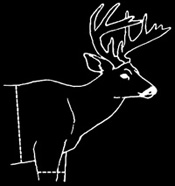
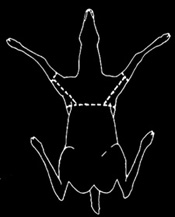
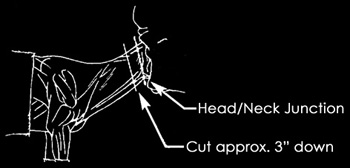
Skinning Life-Size Big Game
There are two major methods of skinning for a large life-size mount such as deer, elk, or bear. These methods are the flat incision and the dorsal method. We recommend the flat incision.
The Flat Incision is used for rug mounts and for a variety of poses. The areas to be cut are shown in Figure 1. Make these slits (cutting the feet free from the carcass) and pull the skin off the carcass. The head is detached as with the shoulder mount.
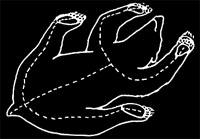
Tips
Always have appropriate tags with your trophies when you take them to our studio. Do not cut the ears for attachment.
The hide should be skinned and cooled as soon as possible, then frozen until it is brought in to mount. If you're not near a freezer or can't bring it in immediately, salt can be used. For the salt to do any good ALL Flesh and Fat must be removed, paws must be skinned to the last knuckle, ears must be turned and lips split. Salt is then rubbed into the hide. Don't be afraid to use to much. If this is not done properly spoilage may occur. Once the hair starts to slip there isn't much that can be done with it other than extensive repairs to the slip spots.
